
Barcelona is renowned for its stunning architecture, and at the heart of this vibrant city lies the Sagrada Familia. Designed by the visionary architect Antoni Gaudí, this basilica is a masterpiece of modernist architecture that has captivated visitors for generations.
As an iconic symbol of Barcelona, the **Sagrada Familia: Famous Barcelona Basilica** stands as a testament to Gaudí's unique artistic vision. With its intricate facades and towering spires, it continues to inspire awe and admiration, making it a must-visit destination for travelers from around the world.
Historical Significance of the Sagrada Familia Basilica
The Sagrada Familia Basilica holds profound historical significance as a symbol of Barcelona's cultural identity. Commissioned in 1882, its construction has spanned over a century, reflecting the evolution of architecture and society in Spain. This monumental endeavor showcases the transition from traditional Gothic styles to the innovative Modernisme movement, making it a living archive of architectural history.
Gaudí's approach to the basilica was deeply influenced by his passion for nature and religion. This is evident in the organic shapes and forms that characterize the structure. The basilica's intricate details and elaborate sculptures not only serve aesthetic purposes but also convey biblical narratives, enhancing its role as a site of spiritual importance. Visitors can explore various thematic elements, such as:
- The Nativity Facade, symbolizing the birth of Christ
- The Passion Facade, representing the suffering of Christ
- The Glory Facade, which will eventually depict the resurrection
Moreover, the Sagrada Familia has been recognized by UNESCO as a World Heritage Site, underscoring its global significance. This designation highlights not only Gaudí's architectural genius but also the basilica's role in the artistic landscape of the 20th century. As construction continues, it serves as a bridge between history and modernity, illustrating how cultural heritage can adapt and thrive.
Today, the basilica attracts millions of visitors annually, making it one of the most visited monuments in the world. Its ongoing construction embodies a collaborative effort between architects, artists, and the local community, reflecting a shared commitment to preserving its legacy. The Sagrada Familia is not merely a building; it is a narrative of faith, artistry, and human perseverance.
Architectural Marvel: Gaudí’s Vision for the Sagrada Familia
Antoni Gaudí's vision for the Sagrada Familia is a breathtaking synthesis of nature and architecture, embodying his belief that structures should harmoniously coexist with their surroundings. Inspired by the intricate patterns found in nature, Gaudí employed geometric shapes and organic forms to create an architectural language that is both innovative and timeless. This approach allows the basilica to embody the fluidity and dynamism of the natural world.
One of Gaudí's most remarkable contributions to the Sagrada Familia is the use of light as a fundamental element of design. The strategic placement of stained glass windows creates a stunning play of colors inside the basilica, enhancing the spiritual atmosphere. This manipulation of light serves not only an aesthetic purpose but also emphasizes key architectural features, such as:
- The soaring columns that resemble tree trunks, branching out to support the vaulted ceilings
- The breathtaking central nave, designed to mimic a forest canopy
- The interplay of shadows and light that transforms throughout the day
Gaudí meticulously planned the basilica to reflect the Christian narrative, with each element carefully chosen to convey specific theological themes. This narrative is expressed through the various facades, each telling a different story of Christ's life. The inclusion of sculptures and reliefs adds depth to the experience, inviting visitors to ponder the spiritual significance of each detail as they explore the basilica's grandeur.
In addition to its stunning beauty, the Sagrada Familia represents a collaborative vision, with countless artisans and craftsmen contributing to its ongoing construction. This collective effort reflects Gaudí's belief in the power of community and the importance of preserving cultural heritage. As the basilica continues to rise skyward, it stands not just as a monument to Gaudí's genius but as a beacon of hope and creativity for future generations.
Exploring the Symbolism in Sagrada Familia's Design
The Sagrada Familia is not only an architectural masterpiece but also a profound statement of faith and spirituality. Each design element is imbued with symbolism that conveys significant religious themes. For instance, Gaudí incorporated natural motifs to represent the connection between God and creation. Key symbols include:
- Columns resembling trees to symbolize life and the divine
- Five main naves representing the five wounds of Christ
- Stained glass windows that narrate biblical stories through color and light
Gaudí's design reflects the idea of a heavenly Jerusalem, where each element serves a purpose while contributing to the overarching narrative of salvation. The bas-reliefs on the facades are especially notable; they illustrate pivotal moments in the life of Christ. This choice of storytelling through architecture engages visitors in a deeper understanding of Christian theology. Key features include:
- The Nativity Facade celebrating Christ's birth
- The Passion Facade emphasizing suffering and redemption
- The Glory Facade, which will portray the heavenly ascent
Additionally, the play of light within the Sagrada Familia serves as a metaphor for divine presence. Gaudí's innovative use of stained glass allows natural light to filter in, transforming the interior into a vibrant, living canvas. This design choice reinforces the basilica's spiritual atmosphere, inviting visitors to reflect on the sacred significance of each space. The effect of light on the structure’s design can be explored through:
| Area | Symbolism |
|---|---|
| Main Nave | Represents the journey towards enlightenment |
| Cloisters | Symbolize the tranquility of nature and faith |
| Apse | Signifies the divine connection with the heavens |
In summary, the Sagrada Familia stands as an intricate tapestry of symbolism, where each architectural choice reflects Gaudí's vision of faith intertwined with nature. Visitors are encouraged to discern these layers of meaning as they explore the basilica, enhancing their experience and understanding of this iconic site.
Visitor Guide: Best Times to Experience the Sagrada Familia
Timing your visit to the Sagrada Familia can greatly enhance your experience. The **best times** to visit are generally early morning or late afternoon, when the crowds are thinner and the light is particularly beautiful. Visiting during these hours allows you to fully appreciate the intricate details of Gaudí’s masterpiece without the distraction of large crowds. Additionally, the ambiance during these times can accentuate the basilica's ethereal beauty.
If you prefer a quieter experience, consider visiting on weekdays instead of weekends. The **off-peak months**, such as January and February, also offer a more serene atmosphere. For those interested in a unique perspective, attending a service can provide an intimate glimpse into the spiritual significance of the basilica, as well as a chance to experience the stunning acoustics of the interior filled with worship.
To make the most of your visit, it's recommended to purchase tickets online in advance. This not only saves time but also guarantees your entry on your preferred date and time. Here are a few tips for your visit:
- Arrive early to enjoy the sunrise illuminating the basilica.
- Explore the surrounding park for a different vantage point of the architecture.
- Consider guided tours for in-depth insights into Gaudí's design and the basilica's history.
Finally, keep an eye on the weather. A clear day not only enhances the overall experience but also allows for stunning photographs of the Sagrada Familia's intricate facades. By planning your visit carefully, you can ensure a memorable experience at one of Barcelona's most famous landmarks.
Understanding the Ongoing Construction of the Sagrada Familia
The ongoing construction of the Sagrada Familia is a testament to both ambition and perseverance. Since the project began in 1882, it has faced numerous challenges, including funding issues and the destruction wrought by the Spanish Civil War. Despite these hurdles, the basilica continues to evolve, with an expected completion date around 2026, marking the centenary of Gaudí's death. This timeline reflects the dedication of numerous artisans and architects who have committed to realizing Gaudí's original vision.
Modern technology plays a crucial role in the ongoing construction, allowing craftsmen to interpret Gaudí's intricate designs with greater precision. Advanced tools, such as computer-aided design (CAD) software, have revolutionized how the project is approached, enabling a more efficient construction process. Notably, the use of 3D printing has facilitated the reproduction of complex stone carvings, ensuring that each detail remains faithful to Gaudí's creativity. This blend of traditional craftsmanship and cutting-edge technology symbolizes the basilica's journey through time.
As the Sagrada Familia approaches completion, it continues to draw attention not only for its architectural beauty but also for its cultural significance. The basilica is a living museum of innovation, where each construction phase reflects contemporary societal values. To celebrate this ongoing journey, the project actively engages the local community through educational initiatives and public workshops, fostering a sense of ownership and connection to this iconic landmark.
Moreover, the construction effort embodies a collaborative spirit that transcends generations. Each visitor contributes to the funding through ticket purchases, enabling the continuation of this monumental endeavor. The Sagrada Familia is not just a monument; it represents a bridge between the past and the future, showcasing how communal efforts can preserve cultural heritage for generations to come.
Cultural Impact of the Sagrada Familia on Barcelona and Beyond
The Sagrada Familia has profoundly influenced not only Barcelona but also the global architectural landscape. This basilica serves as a cultural beacon, attracting millions of visitors annually who are drawn to its unique design and spiritual significance. As a result, it has fostered a sense of identity and pride among locals, while also promoting tourism, which significantly impacts the city's economy. The ongoing construction has created a dynamic cultural dialogue between tradition and modernity, exemplified by the integration of contemporary techniques in preserving Gaudí's original vision.
Beyond its physical presence, the Sagrada Familia inspires various forms of artistic expression, ranging from literature to visual arts. Artists and writers frequently reference the basilica as a symbol of creativity and resilience. Its intricate designs have sparked a plethora of cultural works, including:
- Photography exhibitions showcasing its architectural beauty
- Documentaries exploring its historical and cultural significance
- Literary works that delve into the life and philosophy of Antoni Gaudí
Furthermore, the Sagrada Familia plays a crucial role in educational initiatives, encouraging dialogue around architectural innovation and sustainability. Local schools and universities often organize visits and workshops that highlight the importance of preserving cultural heritage. By engaging the community, the basilica ensures that future generations appreciate its cultural impact and the lessons it imparts about art and faith.
In a broader context, the Sagrada Familia stands as a testament to the power of architecture to unite people across cultures. Its status as a UNESCO World Heritage Site emphasizes its universal appeal, inspiring countless architectural projects worldwide. Through the lens of cultural exchange, the basilica exemplifies how local artistry can resonate on a global scale, making it a pivotal point of reference for both tourists and scholars alike.
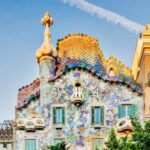 Get your Casa Batlló tickets online or from authorized vendors. Recommended to book ahead.
Get your Casa Batlló tickets online or from authorized vendors. Recommended to book ahead.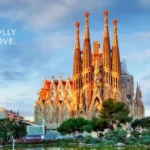 Exploring the Marvels of Sagrada Familia: Barcelona's Architectural Gem from the Inside | A Comprehensive Guide
Exploring the Marvels of Sagrada Familia: Barcelona's Architectural Gem from the Inside | A Comprehensive Guide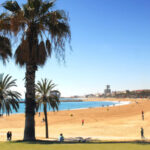 Sagrada Familia to Barcelona Beach: 3.5km apart
Sagrada Familia to Barcelona Beach: 3.5km apartIf you want to know other articles similar to Sagrada Familia: Famous Barcelona Basilica you can visit the category Sagrada Familia.
Leave a Reply

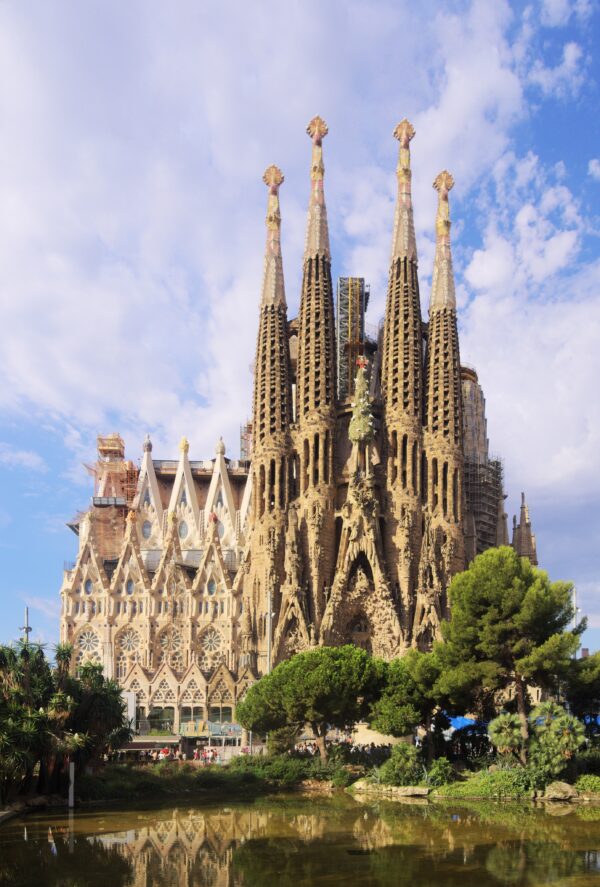
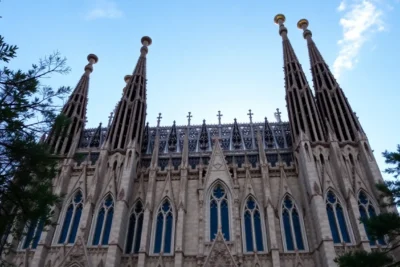
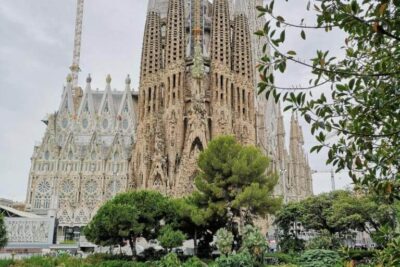
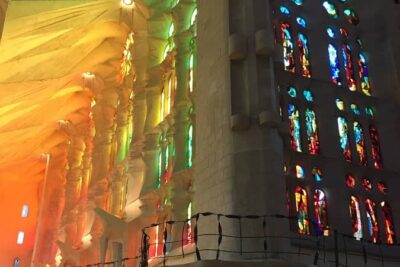
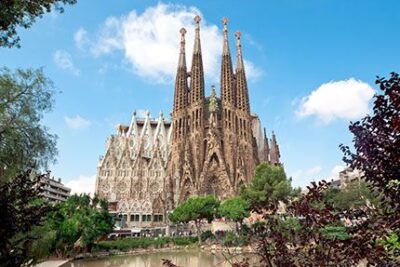
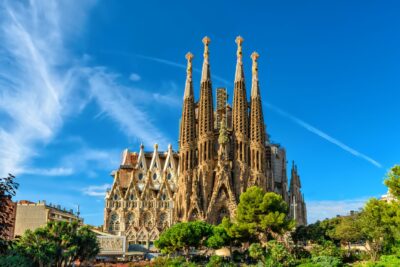
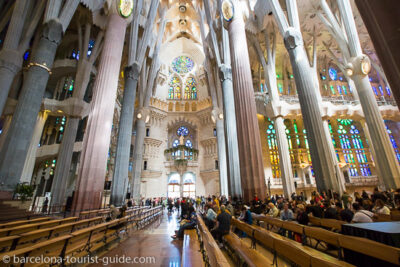
Read more!